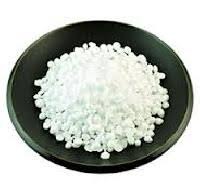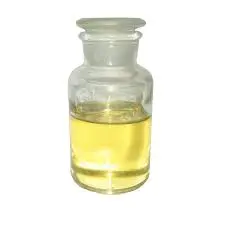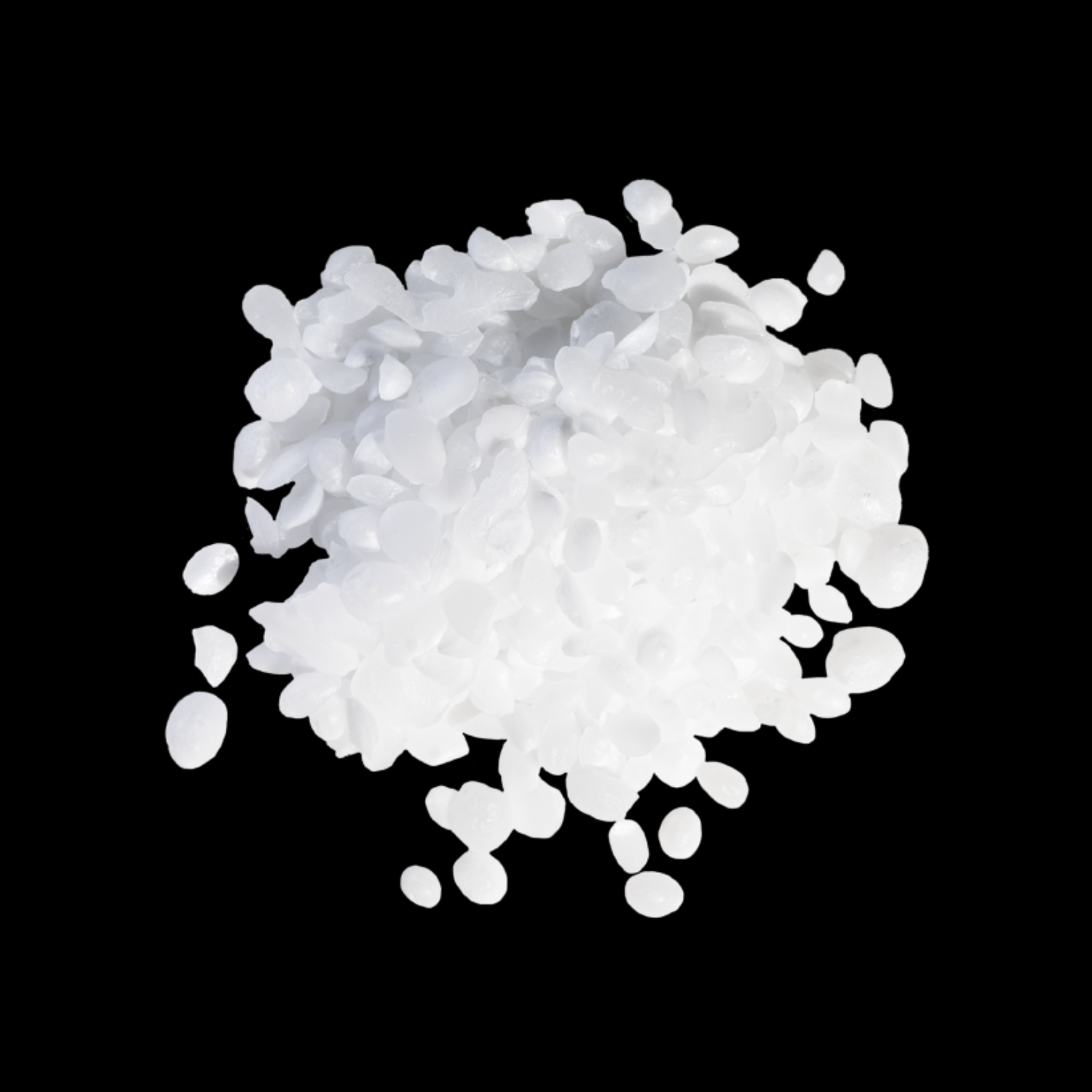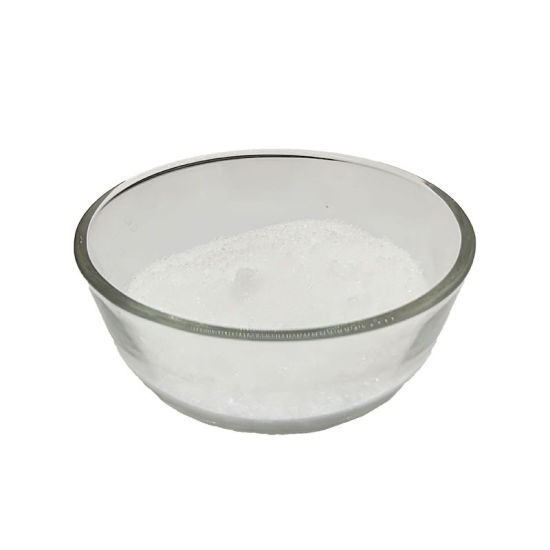About RBD Palm Oil
Refined bleached deodorized (RBD) palm oil is a vegetable oil derived from crude palm oil, which is extracted from the mesocarp of the oil palm fruit. RBD palm oil is an off-white solid in cold weather, a slightly yellow semi-solid at room temperature, and a slightly yellow liquid when heated to about 45°C. It is made by refining, bleaching, and deodorization of crude palm oil.
Manufacturing Process
Crude palm oil consists mainly of glycerides, which contain small and varying amounts of non-glycerides. In order to make crude palm oil edible and industrial forms, some of these non-glyceride materials need to be removed or reduced to acceptable levels. Oil-soluble non-glycerides such as trace metals Zn and Fe, phospholipids, carotenoids, tocopherols/tocotrienols, sterols, and oxidation products are difficult to remove and therefore require different stages of oil refining. Not all of the above non-glyceride materials are undesirable, and tocopherols and tocotrienols can help the oxidation of the oil, carotenoids are precursors of vitamin A.
There are two roots to processing crude palm oil to refined oil: chemical refining and physical refining. The methods differ basically in the way free fatty acids (FFA) are removed from crude palm oil.
Physical refining : Due to higher efficiency, less loss (refining factor <1.3), lower operating costs, less capital investment, and fewer processing processes, the physical refining of crude palm oil is a more common refining process. This is a continuous process consisting of two steps: pretreatment and steam distillation.
Pretreatment refers to the initial degumming of crude palm oil with concentrated phosphoric acid, followed by adsorption cleaning with bleaching earth (calcium bentonite). Crude palm oil is mixed with 80-85% phosphoric acid at a flow rate of 0.05-0.2%, and the mixture is heated to 90-110°C. The heated mixture was left for a residence time of 15-30 minutes and then passed through a bleacher and bleaching earth was added as a slurry. The bleaching process is carried out at a temperature of 95-110° C. under a vacuum of 20-25 mm Hg at intervals of 30-45 minutes. The amount of soil required depends on the quality of crude palm oil, which is 0.8% to 2% of the raw oil.
The purpose of phosphoric acid mixing is to precipitate non-hydratable phospholipids. The mixing function of bleach is a) adsorption of unwanted impurities such as trace metals Zn and Fe, moisture, insoluble and some carotenoids and other pigments b) reduction of oxidation products c) removal of excess oil left after degumming Phosphoric acid, and d) Phosphoric acid precipitated phospholipids
Deodorization : In this process, the pretreated palm oil is deacidified and deodorized to obtain RBD palm oil. The pretreated palm oil is degassed to avoid any oxidation at high temperatures, then the oil is heated to 240-270°C in an external heat exchanger. Superheated high-pressure steam is used to heat the oil. The heated oil is now sent to the deodorizer, which is maintained under a vacuum of 2-5 mm Hg. The temperature should not exceed 270℃ to avoid loss of neutral oils, tocopherols/tocotrienols, isomerization, and thermochemical reactions. Under such conditions, with the aid of stripping steam, the free fatty acids that may still be present in the pretreated oil are distilled together with the more volatile odorous and oxidative products (such as ketones and aldehydes), which produces an undesired taste and odor of the finished oil.
Chemical refining : It is also known as caustic refining using caustic. This process involves three phases: 1) gum conditioning and neutralization 2) bleaching and filtration 3) deodorization.
Gum Conditioning and Neutralization : Crude palm oil was first heated to 80-90°C and then 80-85% phosphoric acid was mixed at a feed oil ratio of 0.05-0.2%. The process is complete with precipitated phospholipids. The degummed oil is now treated with caustic soda solution at a concentration of about 4N and a 20% excess solution, which results in the formation of a sodium soap, which is removed by centrifugation. The lighter phase consists mainly of neutralized oils containing about 500-1000 mg/kg soap and water, while the heavy phase is mainly soap, pectin, insoluble impurities, excess alkali, phospholipids, and a small amount of emulsified oil. Neutralized palm oil (NPO) is now washed with 10-20% water to remove any trace of soap still present. This NPO was pumped again into a centrifugal separator and then the vacuum content was reduced to 0.05% with a vacuum dryer.
Bleaching and Filtration : NPO is treated with bleaching earth in a manner similar to physical refining. The only difference in this process is that bleaching earth can also remove any soap traces still present.






